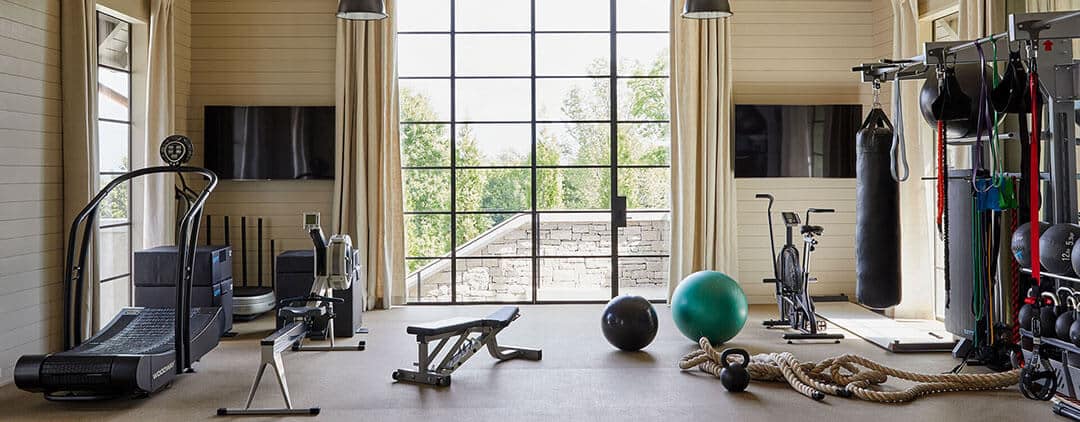When is the best time to do dumbbell pullovers and rows? Dumbbell pullovers and rows are powerful exercises for developing upper body strength and enhancing muscle tone. However, to truly maximize their benefits, it’s crucial to understand when is the best time to incorporate them into your workout routine. This article will guide you through the strategic placement of these exercises for optimal results.
Warm-up and Muscle Activation
Before diving into dumbbell pullovers and rows, it’s essential to warm up the targeted muscle groups. Begin with dynamic stretches and light cardio to increase blood flow and prepare your muscles for action. For pullovers, focus on loosening up your chest, back, and shoulders. For rows, concentrate on your back and arm muscles.
Workout Structure
In terms of workout structure, dumbbell pullovers and rows are best suited for the middle or later part of your workout. Pullovers are great for targeting the latissimus dorsi (lats) and can serve as a transition exercise after working on the chest or before moving onto back exercises. Rows, on the other hand, can be placed after initial back exercises to target the mid-back and rear deltoids effectively.
Energy Levels
Perform these exercises when your energy levels are still relatively high. Attempting them at the end of a workout when you’re fatigued can compromise form and potentially lead to injury. If your workout is structured around the upper body, doing pullovers and rows after compound exercises like bench presses or pull-ups can be ideal.
Recovery and Overtraining
Be mindful of muscle fatigue and the potential for overtraining. If you’ve already worked your back extensively, it might be wise to save rows for another day or a separate workout session. Similarly, if your chest has been heavily taxed, pullovers could be postponed. Listening to your body and adjusting your workout plan accordingly is key to avoiding burnout and injury.
In conclusion, the best time to do dumbbell pullovers and rows is when you can give them your full attention and energy, typically after a proper warm-up and strategically placed within your workout structure. By following these guidelines, you can ensure that these exercises contribute to a safe, effective, and enjoyable workout experience. Remember, the goal is not just to perform the exercises but to do so in a way that promotes long-term fitness and health.

